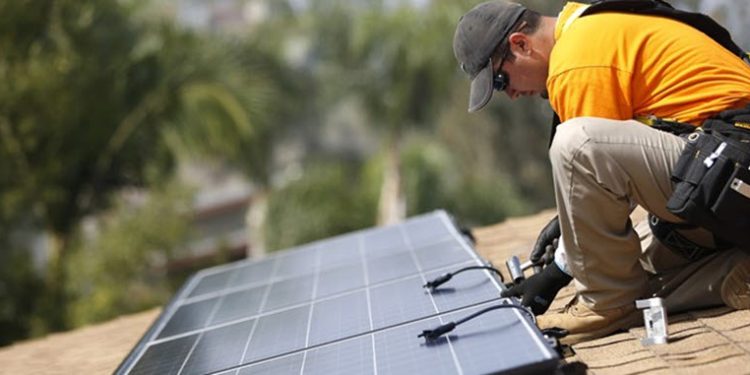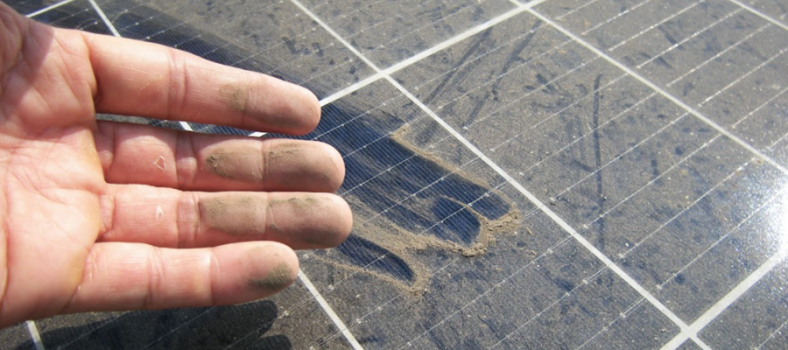Solar Power in 2021: How does it work and how do you save money
Rooftop solar installations have exploded over the last 10 years and continue to grow. Right now, nearly one in three private dwellings has solar. With talk of rebates, tariffs and cheap money it is hard to know the truth. In this article we cover off exactly how solar works and how it saves you money.
First, it is important to understand how solar works.
When the sun is shining, solar panels absorb the rays from the sun and turn them into electricity. The electricity is sent from the panels down to an inverter which then converts the electricity into current that can be used by all the appliances in your home including your lights etc.
This means that if the sun is shining, solar panels are making electricity! It goes without saying this means that your system will make all its electricity during the day.
So, how does it save you money?
There are two keyways solar saves you money.
1. Self-Consumption
Energy prices in Australia are some of the highest in the world. In AUD, we pay around 30 cents per kWh of electricity. When compared to that of the UK 21cents and the USA at the same, we are paying a lot more for our electricity.
During the day, when your solar system is generating electricity every kWh you can use from your solar instead of buying from the grid is money in the bank. Over the course of a year, the money ads up very quickly.
Then, when you crunch the numbers over the course of the system’s lifetime (an inverter should last 10 years before replacing and panels 20+) the savings stack up very quickly.
Self-consuming is the number one way you can save money and reduce your carbon footprint.
2. Feed In Tariffs
Feed in Tariffs are the other great way solar can save you money. Feed in Tariffs are credits that are applied to your account when you feed excess electricity back into the grid for others to use.
This happens when the generation of your system exceeds your usage. The excess power goes into the grid for others to use and for every kWh you will get a credit. The value of your feed in tariff will depend on your energy retailer however they range from 0c – 20cents. You will see some higher tariffs, but they are normally “teaser” rates and only for the first few kWh sent into the grid. A good feed in tariff should be around 9-10 cents per kWh.
You will also often hear people talking about solar rebates. Fortunately, in Australia we are lucky that there are multiple programs running that help significantly reduce the cost of installing solar.
There are available rebates and incentives from both state and federal governments, so it is important to speak to an expert or have a google before you commit to anything.
The biggest program running that is a federal program is the STC program or Small-scale technology certificates. These “certificates” are issued based on the size of the system being installed. They are available for anyone installing a new solar system under 100kWs. To put that into perspective, a regular solar system in Australia is around 6.6kws, so nearly everyone can get them.
Usually, your solar retailer will claim them on your behalf, and you won’t have to do anything. They will just reduce the cost of your system. On a 6.6kW system which is a very common size in residential solar, you will get over $3,000.00 back.
While it isn’t technically a “rebate”, when you get money back for something for free, it sure does feel like a rebate.
When you crunch the numbers on a good solar system in Australia, installed on your average home the payback period is on average around 3 years. That means after that, any energy that your system generates won’t cost you a thing!
Plus, with the growth of solar, the renewable finance sector has also grown so borrowing for solar is also much cheaper than it was. In some circumstances when under finance, solar installations can be cash flow positive from day 1.






No Comment